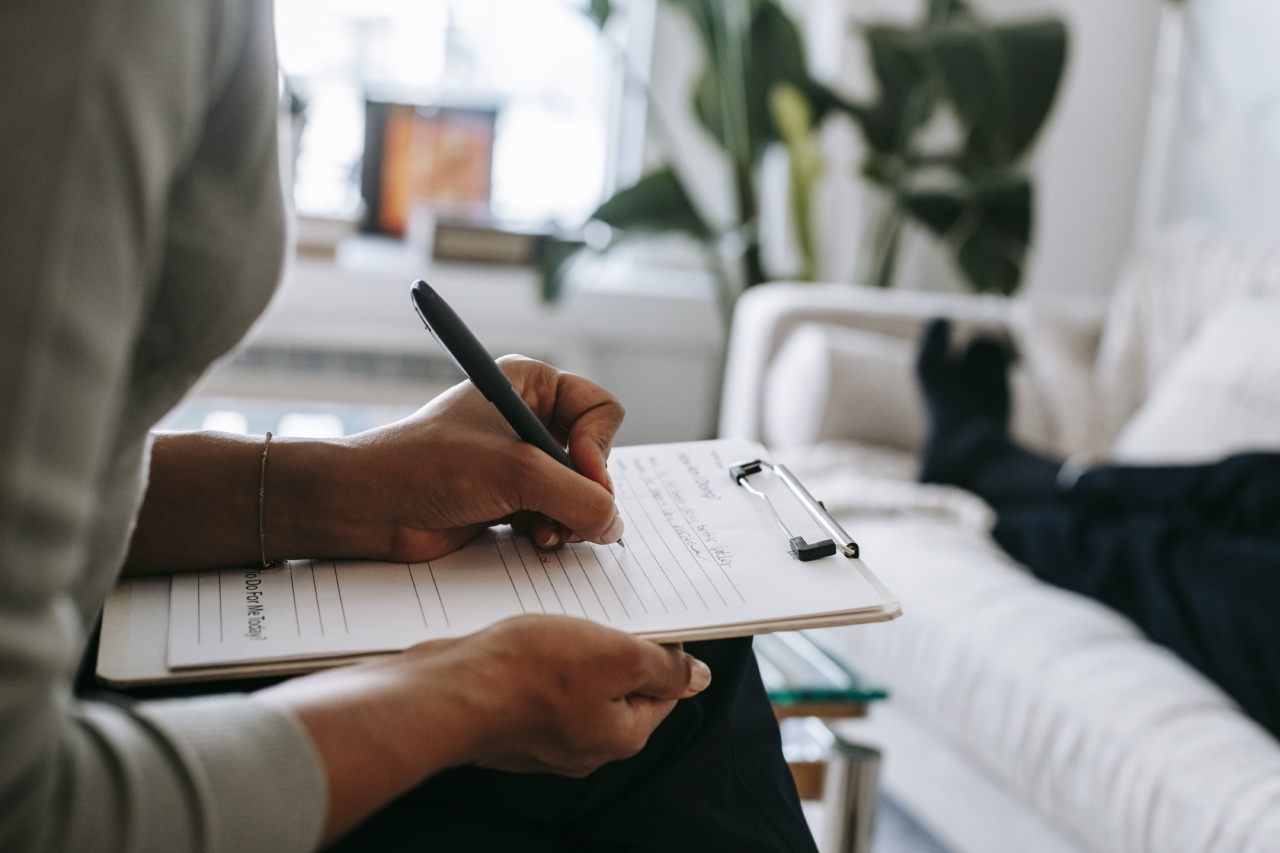Chin acne, also known as acne vulgaris, is a common skin condition that affects many individuals, particularly during their teenage years and early adulthood.
While acne can occur on various parts of the body, chin acne has its unique characteristics and causes. In this article, we will explore the ins and outs of chin acne, including its causes and potential solutions.
Causes of Chin Acne
1. Hormonal Imbalances:.
The primary cause of chin acne is often hormonal imbalances, especially during puberty or menstrual cycles.
Fluctuating hormone levels, such as increased androgen production, can lead to excessive oil production and clogged pores, resulting in acne breakouts on the chin.
2. Poor Skincare Routine:.
Inadequate cleansing habits and improper skincare routine can contribute to the development of chin acne. Failure to cleanse the chin area properly can accumulate dirt, bacteria, and dead skin cells, leading to acne formation.
3. Diet and Lifestyle Factors:.
Certain dietary and lifestyle factors can exacerbate chin acne. Consuming a diet high in processed foods, sugar, and dairy products may trigger hormonal imbalances and inflammation, thus promoting acne.
Additionally, stress, lack of sleep, and smoking can also contribute to the occurrence of chin acne.
Types of Chin Acne
1. Comedones:.
Comedones are non-inflamed acne lesions that can be either open (blackheads) or closed (whiteheads). These are caused by the accumulation of excess sebum, dead skin cells, and bacteria within the hair follicles.
2. Papules and Pustules:.
Papules and pustules are inflamed acne lesions that occur when the hair follicles become infected with bacteria. Papules appear as small, red bumps, while pustules contain pus at their tips and may appear as white or yellow bumps.
3. Cysts:.
Cysts are large, deep-seated acne lesions that form when the infection goes deeper into the skin. They are often painful, filled with pus, and can cause scarring if not treated properly.
Treatment Options
1. Topical Treatments:.
Topical treatments containing ingredients such as benzoyl peroxide, salicylic acid, or retinoids can effectively target and reduce chin acne.
These treatments help to unclog pores, reduce inflammation, and inhibit bacterial growth, promoting clearer skin.
2. Oral Medications:.
In severe cases, dermatologists may prescribe oral medications like antibiotics, hormonal therapies, or isotretinoin. These medications are able to address the underlying causes of chin acne and provide long-term relief.
3. Lifestyle Changes:.
Adopting a healthy lifestyle can significantly improve chin acne.
This includes following a balanced diet rich in fruits, vegetables, and whole grains, reducing stress levels, getting sufficient sleep, exercising regularly, and avoiding tobacco and excessive alcohol consumption.
Prevention Tips
1. Maintain a Consistent Skincare Routine:.
Proper skincare is crucial in preventing chin acne. Cleanse the chin area twice a day using a gentle cleanser, exfoliate regularly to remove dead skin cells, and moisturize to keep the skin hydrated without clogging pores.
2. Avoid Touching or Popping Acne:.
Popping or picking at acne can introduce bacteria and worsen inflammation. It may also lead to scarring or hyperpigmentation. Resist the temptation to touch acne and let it heal naturally.
3. Use Non-Comedogenic Products:.
When choosing skincare or cosmetic products, opt for non-comedogenic options that do not clog pores. These products are designed to minimize the risk of acne breakouts.
When to Seek Professional Help
If chin acne persists or is accompanied by severe symptoms such as pain, deep cysts, or scarring, it is advisable to seek the assistance of a dermatologist.
A dermatologist can determine the best course of treatment based on the individual’s specific condition and prescribe suitable medications if required.
Conclusion
Chin acne can be frustrating and affect an individual’s self-esteem. However, understanding the causes, types, and treatment options can help manage and prevent chin acne effectively.
Maintaining good skincare habits, making healthy lifestyle choices, and seeking professional guidance when needed can go a long way in achieving clearer and healthier skin.































